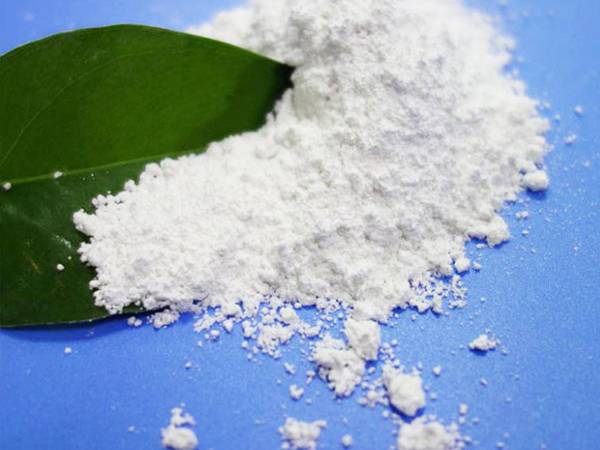



Sodium Chlorate - Chemical Properties, Uses, and Safety
Sodium chlorate, a powerful chemical compound with the formula NaClO3, is widely recognized for its diverse applications, especially in the agricultural and industrial sectors. This inorganic compound exists as a white crystalline solid, soluble in water and possessing strong oxidizing properties. Its production and utilization have garnered significant attention due to its effectiveness and versatility.
One of the primary uses of sodium chlorate is as a herbicide. Agricultural industries utilize it for weed control, particularly in the cultivation of crops such as soybeans, corn, and sugar beets. Sodium chlorate works by disrupting the photosynthesis process in plants, leading to their eventual demise. However, its application requires careful management and adherence to safety regulations, as improper use can harm desirable vegetation and pose environmental risks.
In addition to its role in agriculture, sodium chlorate is also employed in the production of chlorine dioxide, a compound used primarily for bleaching purposes in the paper and pulp industry. This compound is favored for its efficacy in brightening paper products while being more environmentally friendly compared to traditional chlorine bleaching methods. The production of chlorine dioxide from sodium chlorate is a critical process, highlighting the importance of this chemical in industrial applications.
Sodium chlorate's oxidative properties also play a vital role in the manufacturing of explosives and pyrotechnics. It can serve as an oxidizer in explosive formulations, enhancing the combustion capacity of various materials. This aspect makes sodium chlorate a significant component in the field of munitions and fireworks, contributing to the industry’s ongoing innovation and efficacy.
sodium chlorate

Despite its usefulness, sodium chlorate must be handled with caution due to its potential hazards. The compound is classified as harmful and a potential environmental contaminant. Exposure to sodium chlorate can lead to various health issues, including respiratory problems and skin irritation. Consequently, appropriate safety measures and regulations are critical during its production, storage, and use to mitigate risks.
Recent research has also explored alternative applications of sodium chlorate, including its role in wastewater treatment. It can aid in the removal of contaminants and improve water quality through the generation of chlorine dioxide. This emerging application underscores the compound's potential beyond traditional uses, reflecting ongoing innovation in chemical utilization.
In conclusion, sodium chlorate is a multifaceted compound with significant implications in agriculture, industrial processes, and beyond. While its benefits are substantial, it is essential to approach its handling and application responsibly to ensure safety and environmental protection. As research continues to evolve, sodium chlorate may find even more innovative uses, further solidifying its role in modern chemistry and industry.
-
Why Strontium Carbonate Still MattersNewsJun.06,2025
-
Why BaSO4 MattersNewsJun.06,2025
-
Why Barium Carbonate Still MattersNewsJun.06,2025
-
Strontium Hydroxide: A Versatile Compound for Modern ApplicationsNewsJun.06,2025
-
Strontium Chloride in Daily IndustryNewsJun.06,2025
-
Pure Potassium Nitrate for SaleNewsJun.06,2025
-
What Is Sodium Bisulfate Used For?NewsMay.15,2025










